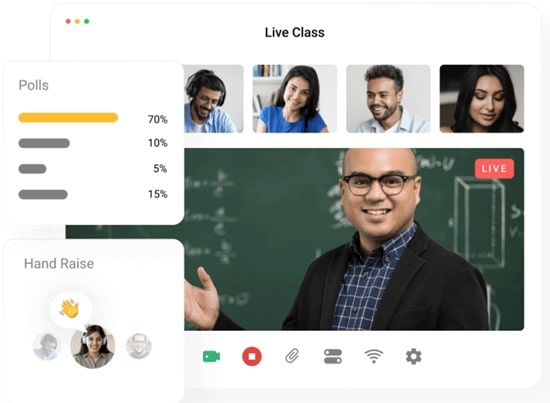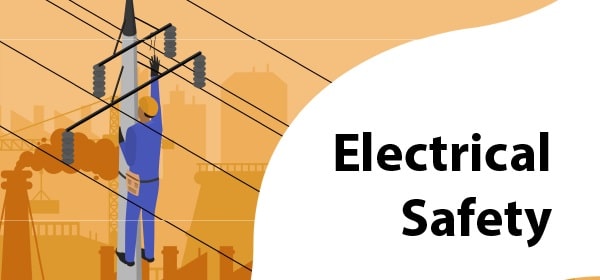Effective teaching heavily relies on good classroom management. It means creating an environment for students to learn, interact, and participate with less distraction and disturbance. It takes time, strategies, skills, and patience to master classroom management. Teachers must have sound practical knowledge of classroom management in order not to use this practice negatively, a common act in some parts of the world known as ‘discipline’. Read on to explore key classroom management strategies for teacher success.
Establish Clear Expectation
A working plan for all successful classroom management is having a clear behavior expectation. When students know what’s expected, they’re more likely to meet those expectations. At the start of the school year, teachers should establish classroom rules and guidelines, and maintain consistent reinforcement throughout the term.
Make a simple list to aid understanding using drawings, sketches, and tags. Lists could entail bad and good habits to know, and make roll lines for exercise submissions. It is recommended to keep writings and drawings in a visible location within the classroom to ensure that the location is easily accessible to all students. Revise them together for a sense of shared responsibility.
Build Positive Relationship
Good classroom management is not only about rules and consequences; it’s also about creating positive relationships with your students. A classroom based on trust, respect, and rapport is more likely to be a peaceful and productive learning place.
Take time to understand each of your students individually, displaying genuine interest in their lives, likes, and passions, actively listening to their concerns, and offering assistance when required. By doing so you create an environment where students feel valued and respected. This trust helps them to exhibit good character while following your classroom instructions and expectations.
Consistency is Key
While implementing classroom rules, consistency is also required. Enforcing rules and their consequences helps students understand expectations and behave better. Often correction and revision helps clear doubt for some offense not certain of.
Consequences could also apply to classroom routines, assignments, and deadlines. When students know that rules and expectations should always be followed, they’re more likely to follow them.
Use Positive Reinforcement
While discipline is implied for every misbehavior, it’s necessary to acknowledge and remark on good behavior. Giving appraisals, bonuses, and words of encouragement goes a long way to improving student character. This also helps them to be consistent while creating a warm classroom atmosphere.
Engage Student Actively
A good way to manage a classroom is by keeping students interested and engaged in learning. Being bored can make them restless and act disruptively. Use different teaching methods to keep your students interested, like group activities, hand-crafting projects, and inventions, and spend time talking together.
Let students choose what and how they learn in your lessons. When they feel heard and their interests matter, they’ll be more motivated and focused.
Plan for Transition
While dealing with students, transition should be done with planning. Don’t move from one activity to another; this might not be easily processed by students. Instead of using the best method to effect you can use a timer, verbal cards, change of set to carefully introduce an upcoming transition. Ensure to carry along your students to get them used to it. When they are used to this transition it makes the class activity room smooth without disruptions.
Stay Calm
Teachers often face challenging situations where maintaining composure is crucial for effective classroom management. Reacting emotionally to misbehavior or disruptions can heighten the situation and result in loss of control. Deep breathing, mindfulness, and asking for assistance from colleagues are all important personal assessment strategies.
Conclusion
Teachers can enroll in personal development courses to improve their classroom management skills. These skills vary and are unique to different teachers. Hence, teachers need to understand their students while taking personal assessments to improve their learning environment. Also, patience, adaptability, and a commitment to continuous improvement are key to mastering classroom management.


